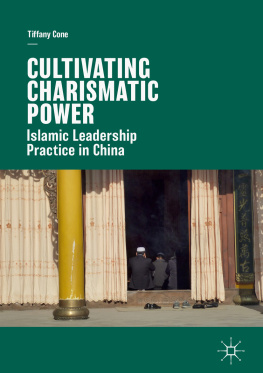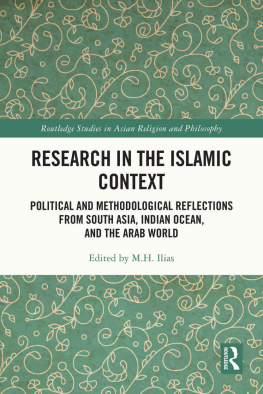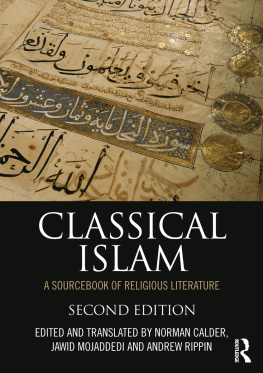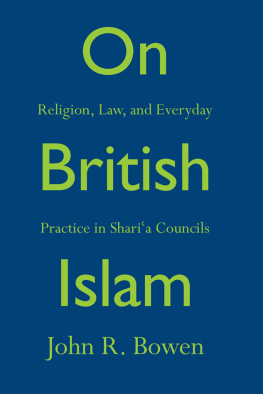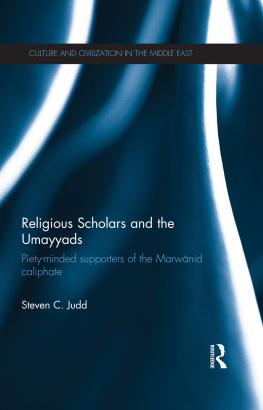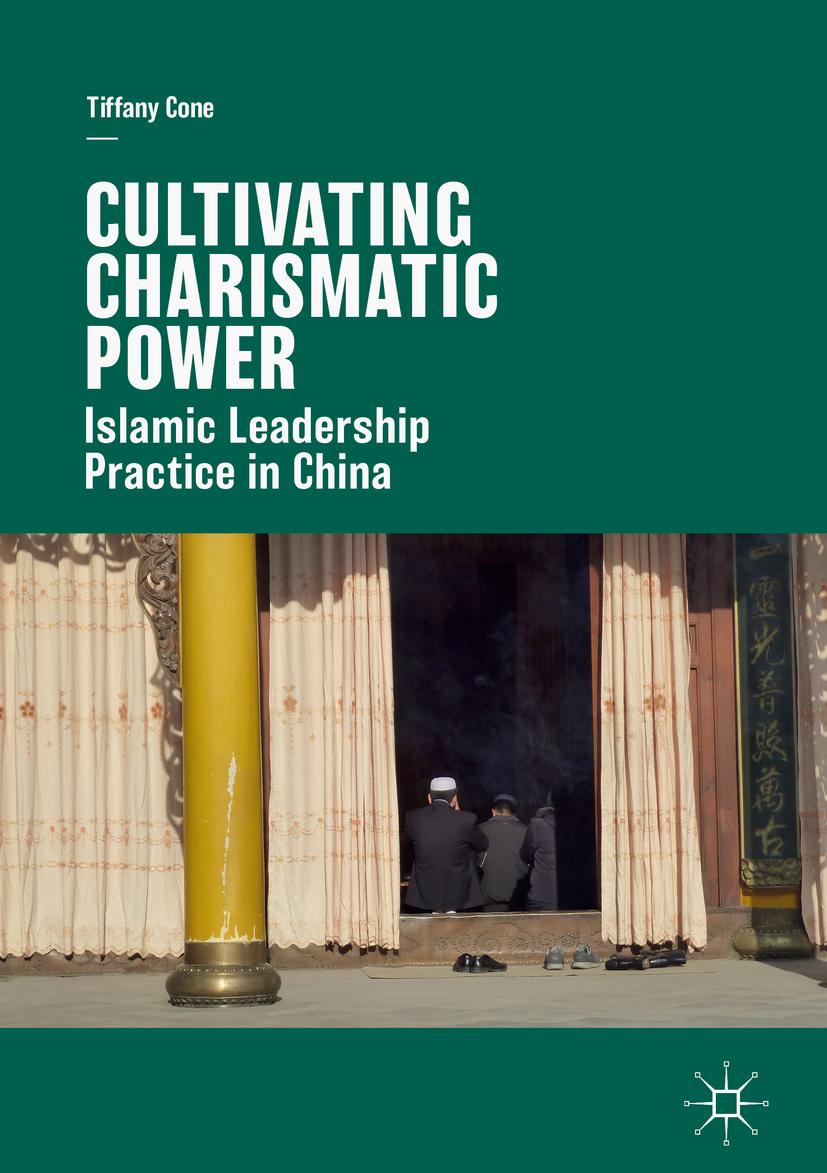Tiffany Cone
Asian University for Women, Chittagong, Bangladesh
ISBN 978-3-319-74762-0 e-ISBN 978-3-319-74763-7
https://doi.org/10.1007/978-3-319-74763-7
Library of Congress Control Number: 2018934695
The Editor(s) (if applicable) and The Author(s) 2018
This work is subject to copyright. All rights are reserved by the Publisher, whether the whole or part of the material is concerned, specifically the rights of translation, reprinting, reuse of illustrations, recitation, broadcasting, reproduction on microfilms or in any other physical way, and transmission or information storage and retrieval, electronic adaptation, computer software, or by similar or dissimilar methodology now known or hereafter developed.
The use of general descriptive names, registered names, trademarks, service marks, etc. in this publication does not imply, even in the absence of a specific statement, that such names are exempt from the relevant protective laws and regulations and therefore free for general use.
The publisher, the authors and the editors are safe to assume that the advice and information in this book are believed to be true and accurate at the date of publication. Neither the publisher nor the authors or the editors give a warranty, express or implied, with respect to the material contained herein or for any errors or omissions that may have been made. The publisher remains neutral with regard to jurisdictional claims in published maps and institutional affiliations.
Cover illustration: Tiffany Cone
This Palgrave Macmillan imprint is published by the registered company Springer International Publishing AG part of Springer Nature.
The registered company address is: Gewerbestrasse 11, 6330 Cham, Switzerland
Preface
At the age of 12, I lived in Indonesia for one year. Being immersed in a culture outside of my own instilled in me a deep curiosity about how human beings imbued the world with meaning and understood their place within it. Years later, I came to realise just how deep an impression this experience left on me. In particular, I was struck by the interplay of Buddhist and Islamic practice in daily life. During my undergraduate degree in anthropology, I first visited China and over the subsequent years became involved in a number of film projects there. After completing a study of Sufism at the end of my first degree, I directed a film project titled Living Chinese Philosophy. This film explored the central tenets of Confucianism and Daoism in the context of daily life in China. These collective experiences inspired me to undertake a deeper study of Sufism in China from the perspective of philosophical anthropology. Specifically, I was interested in the processes that fostered the emergence and flourishing of esoteric Islam in China. To borrow here from the French philosopher Gilles Deleuze, at heart I was interested in the assemblage and re-assemblage of the worldthat is, in the complex constellations of objects, bodies, expressions, qualities and territories that ceaselessly create and re-create the world anew (Parr , p. 18).
Acknowledgements
This project would not have been at all possible without the generous support and practical assistance from numerous people. In China, profound thanks must go to Professor Ding Shiren at Lanzhou University in Lanzhou, Gansu Province, who hosted me as a student and has continued to provide support during the writing process. Thanks must also go to Professor Hu Long and Professor Yang Wenjiong for their assistance, advice, and encouragement. To the many students and leaders at the gongbei for being generous with your time and knowledge and to local families in Linxia who took me into their homes, fed me delicious food, and poured me endless cups of hot tea during a very cold wintermy deepest thanks. For their warm friendship and support in Lanzhou, my sincere thanks and love goes to Alice, Eric, Asma, and Madina. In Xian, I also want to thank Shannon, Rebecca, and Johnny.
In Australia, many thanks must go to all of the faculty and fellow graduates at the Australian National University who offered their advice, support, and friendship. In particular, generous thanks must go to Professor Andrew Kipnis for his wonderful guidance from the very beginning of this project and right throughout the journey. It would not have been possible without your support. Special thanks also to Dr Philip Taylor for his generosity of spirit and time in engaging with this project. I also want to give thanks to Kathy Robinson, Andrew McWilliam, Alan Rumsey, Francesca Merlan, Ashley Carruthers, Sverre Molland, Antje Lubcke, Roger Casas, Li Geng, Francesca Mosca, Saskia Lillepuu, Lina Jakob, Jean Kennedy, and Darja Hoenigman.
In Bangladesh, I want to thank colleagues and students at the Asian University for Women who have been a great support and inspiration over the last two years. Its been an honour and a privilege to teach and learn from such a diverse student body. In all of my classes, I have been able to further deepen my knowledge and understanding of the world in dialogue with young women from a wide range of cultural contexts. Outside of the classroom, I want to especially thank my dear colleague and friend Rebecca Dawson for her unwavering positivity and support throughout my time in Bangladesh, for finally getting me to Nepal, and for inspiring me to return there during the last stages of this project. I also want to give special thanks to Raihana Raha, Azmina Karim, and Sharmin Rahmatullah for offering such warmth, care, and laughter during my time in Bangladesh.
At Palgrave Macmillan, many thanks to Mireille Yanow who responded enthusiastically to my initial proposal and subsequently to Alexis Nelson, Kyra Saniewski, and Mary Al-Sayed who carried it through all of the various stages to publication. Thank you for your time, support, and guidance in this process. Generous thanks must especially go to Professor Jonathan Lipman for his incisive and helpful comments on the manuscript. Thank you also to Associate Professor Jackie Armijo for sharing forthcoming research and to Associate Professor Matthew Erie for his assistance on the finer details. Thank you also to Zhu Yayun, Li Geng, Rebecca Gao, and Muhammad Adlin Sila for feedback on translations and proofreading.
In New Zealand, many thanks must go to my close friends and family. Firstly, to Jane McCabefor your faith, support, and care throughout this long journeyfrom my initial imaginings, through significant shared travels, and to the words in this book. I will always be grateful to you. To my friend Monique Pattersonthank you for your presence and support from afar throughout these long years. To my wonderful siblingsJulian, Jared, and Hannahand their respective families, thank you for your support, patience, and encouragement through so many years of comings and goings. I am lucky to have you all. To Chris Edwardsthank you for the many hours spent, often at a great distance, helping to build this project. Your endless patience and attention to detail have been invaluable.
Finally, to my parents. Thank you to my father Malcolmthe conversations I shared with you as a youngster planted the seeds of my deep interest in anthropology, religion, and philosophy. I will forever be grateful to you for sharing your knowledge with me, for exposing me to the magic of travel, and for teaching me the importance of an examined life. To my mother Marianyour creativity, humanity, and intuitive sense of the world continue to inspire me. I hope traces of these qualities find some expression in this work. I dedicate this book to you both. Thank you for everything.

